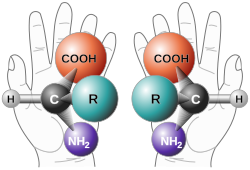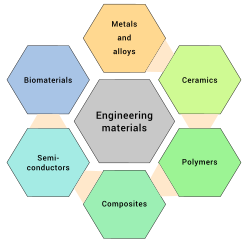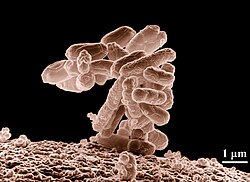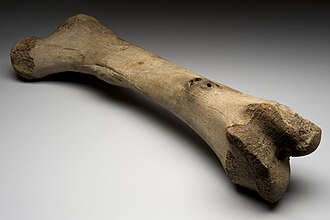
‘Life has Chiralty’ is Part Seven of our ‘Life’ Series
In this post, Life has Chiralty, we continue our series on “Life” and our discussion of the ideas in Addy Pross‘s recent book, “What is Life?”.
Life has chirality, or ‘handedness’. That is to say that many of the molecules found in living systems (biomolecules) are chiral. Chiral means that the molecule’s mirror image is not superposable on the molecule itself; the molecule has both a ‘left hand’ and a ‘right hand’ version.
Quoting the Wikipedia reference, above: “In chemistry, chirality usually refers to molecules. Two mirror images of a chiral molecule are called enantiomers or optical isomers. Pairs of enantiomers are often designated as “right-handed”, “left-handed” or, if they have no bias, “achiral”.
Physical and Chemical Properties of Chiral Molecules
The physical and chemical properties of two chiral molecules, left and right hand versions, are generally identical (there are some exceptions). This would suggest, Pross informs us in his book, that in an arbitrary environment the two chiral molecules should be present in equal amounts. Even if we were to start off with more of one than the other, the Second Law of Thermodynamics tells us that, given enough time, we would eventually end up with equal amounts of the left and right hand molecules as that is a more stable situation – it is more disordered than having more of one than the other.
Amino Acids
In his book (What is Life?), Pross informs us that the amino acid building blocks from which all proteins are constructed, and sugars, from which nucleic acids and carbohydrates are composed, are all chiral. But, he says, what is important is that within living systems only one chiral form of the two possible chiral forms is present.
Pross asks: “How did a” physical “world with its inherently two-handedness become single-handed within its biological part?”
He concludes that the one-handedness of life represents another example of life’s unstable and far-from-equilibrium character described in his book and in our previous post.
Non-Living and Living Parts of the World are Different
It is also a reminder of how different the non-living and living parts of our world are from each other, and that the explanation of this difference is outside of physical materials science and of basic chemical theory. It can only be explained through a study of biology.

(*note that ‘biomaterials’ in the chart above are not biological entities. Biomaterials are different from a biological material, such as bone or e-coli, that are produced by biological systems.)


